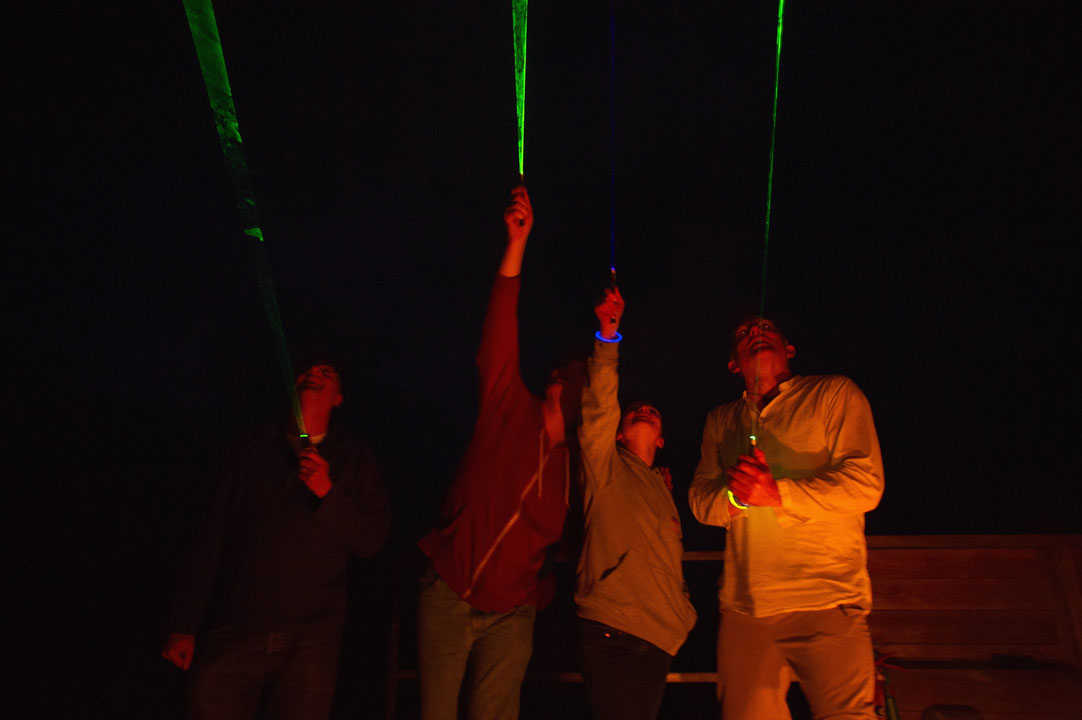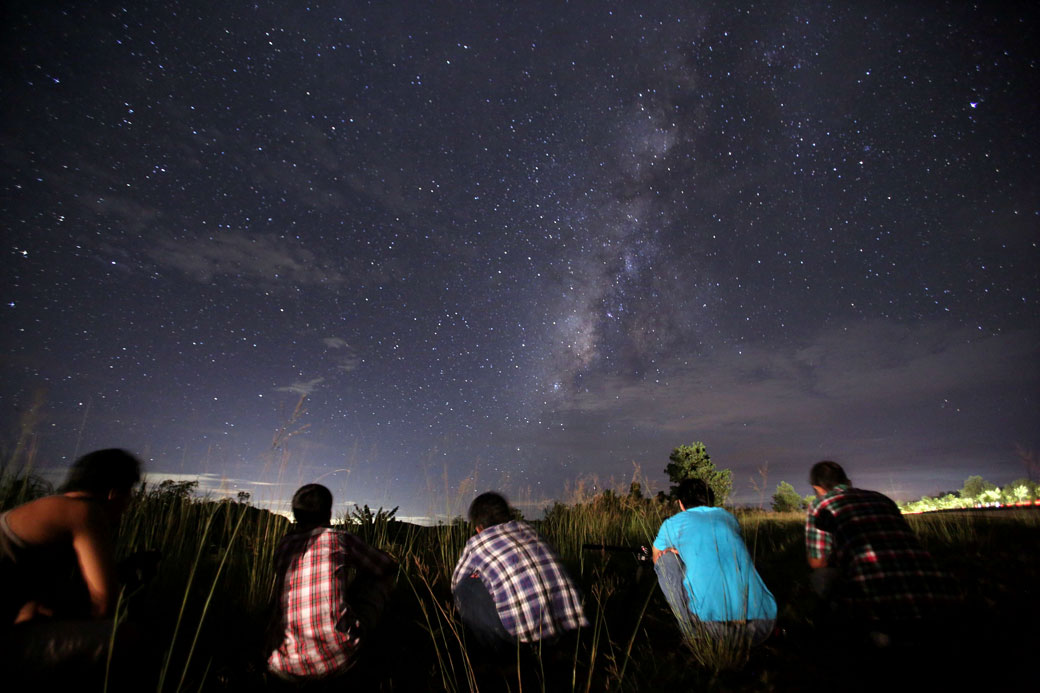TORONTO — While the spring equinox eclipse technically came before we could officially declare the death of winter, there are a few spring astronomical treats for you to enjoy.

1. March 22: Venus and crescent moon 2 degrees apart
If you missed the chance to see the thin crescent moon paired with Venus on Feb. 20, you’re in luck: On March 22, you’ll get another chance. The thin crescent moon — only about eight per cent illuminated — will be about three degrees from the brilliant planet Venus in the western sky as soon as the sun sets. You don’t need a telescope or anything else to enjoy it. Just your eyes. But if you have a pair of binoculars, take a peek for a close-up view.
2. April 4: Lunar eclipse
Our last lunar eclipse was on Oct. 8, 2014. Just a few months later, we’re graced with another. And, as in last October’s eclipse, most of Canada will be treated to part of the eclipse wherever you are. But the best place is west of Winnipeg, where the eclipse will be total.
The eclipse starts at 10:16 UT (6:16 a.m. EST; 3:16 a.m. PST). The greatest eclipse is at 12:00 UT (8 a.m. EST; 5 a.m. PST). That means that in Toronto, for example, the moon will have set before total eclipse. Vancouver lucks out: You get to see it all.
3. April 25: International Astronomy Day
International Astronomy Day is part of International Astronomy Week, which runs from April 20 to 26. It’s a time when astronomers encourage people around the world to look up. Check out your local astronomy groups to find events near you. Typically, they give talks or let you look through telescopes. And April is a great time to check out the night sky: Jupiter will be high at this time of year.
You can visit the Royal Astronomical Society of Canada to check out centres near you.
4. Meteor showers
There are actually two meteor showers this spring, but neither is ideal for viewing.
The Lyrids are active from April 16 – 25 but peak on the night of April 22-23. It’s a new moon, which means a dark sky, but this shower isn’t one of the greatest: You can only expect to see around 20 meteors per hour. This still makes for a great night under the stars, however.
The next meteor shower is the Eta Aquariids, from April 19 to May 26. Its peak is May 6-7. But these are best seen from the southern tropics. And they peak around a full moon.
Still, with both these showers overlapping somewhat, sitting outside and enjoying a few “shooting stars” could make for a perfect night out.
So as the weather begins to warm, take the opportunity to head outside and take in the universe.






Comments